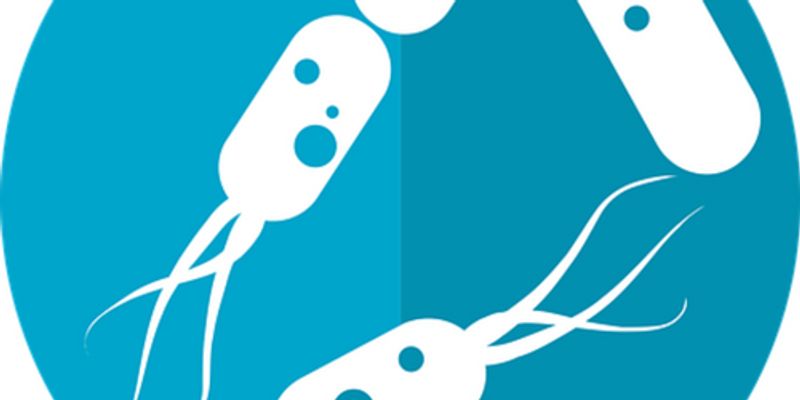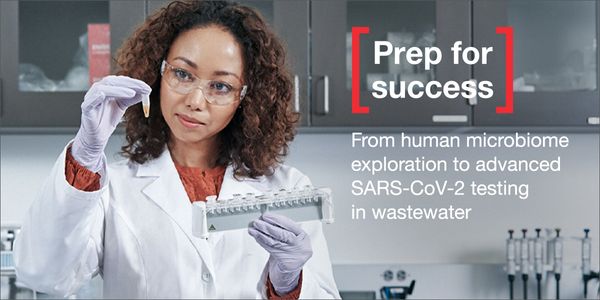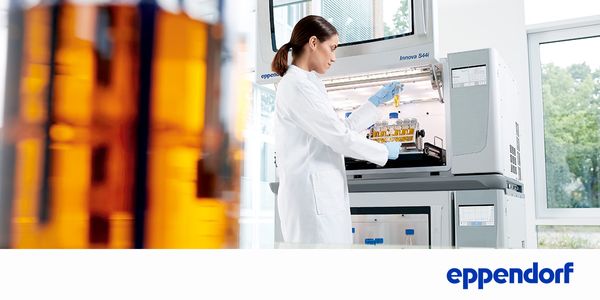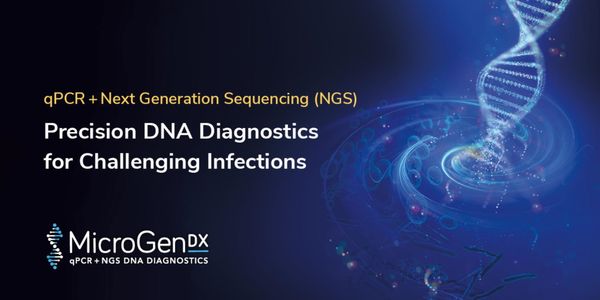Microbiomes
The microbiome most simply refers to a community of microorganisms such as fungi, bacteria, or viruses, that exist in a particular environment and change in response to environmental factors. In humans, the microbiome refers to the microorganisms that live in/on a particular part of the body like skin.
-
As the SARS-CoV-2 continues to spread and evolve and vaccination efforts are under way, countries around the world are confronting new public health challenges due to the emergence and rapid...
Since late 2020, several prominent SARS-CoV-2 variants of concern have emerged harboring specific mutations which increase viral transmissibility (e.g., lineage B.1.1.7), and which appear to...
Speaker:
Brian Dugan, M.S.
, Fernando Spikli, PhD
Microbial communities include distinct lineages of closely related organisms which have proved challenging to separate in metagenomic assembly. Challenges include the existence of highly rel...
FEB 24, 2021 | 10:00 AM
DATE: February 24, 2021 TIME: 10am PST Automated lab instruments such as liquid handlers and cell sorters are increasingly common in all types of laboratories, driving fast results for labor...
DEC 15, 2020 | 10:00 AM
DATE: December 15, 2020 TIME: 10:00am PST Scientists from Thermo Fisher Scientific will walk us through the world of microorganisms. They will discuss their most recent research on viruses,...
Speaker:
Sasha Vlassov, PhD
, Jasti Madhu
, Emily Zeringer
Sponsored By: Thermo Fisher Scientific
This drug development program is designed to create a family of broad-spectrum, pan-coronaviral drugs that respectively inhibit multiple key enzymes required for viral replication. By target...
The fast spread and deadliness of SARS-CoV-2 has sparked much interest in understanding the underlying genomics and evolutionary patterns of this 30,000bp Coronavirus. Since the first report...
DEC 02, 2020 | 8:00 AM
DATE: December 2nd, 2020 TIME: 08:00am PDT, 11:00pm EDT Bioreactors and shakers are used to cultivate microorganisms, plant, insect, and mammalian cells in different volumes. Upscaling of pr...
OCT 09, 2020 | 8:00 AM
DATE: October 09, 2020 TIME: 08:00am PT Traditional culture techniques, as the primary diagnostic tool for infectious diseases, are coming under scrutiny for failing to universally detect in...
Speaker:
Joseph John, Jr., MD, FIDSA
, Michael Schmidt, Ph.D. FAAM, FACD
Sponsored By: MicroGenDX
Intestinal organoids are self-organizing, 3D structures derived from either pluripotent stem cells or from primary tissues with the abiltiy to recapitulate some of the spatial architecture a...
Speaker:
Kevin Su
As the spread of infectious diseases, current pandemic, and growing antimicrobial resistance (AMR) continues globally, next-generation sequencing (NGS) became a tool to diagnose infectious d...
While global demand for food is expected to increase significantly (70% by 2050), the agricultural industry is suffering from a decline in soil fertility, the adverse effects of climate chan...
Speaker:
Brajesh Singh























